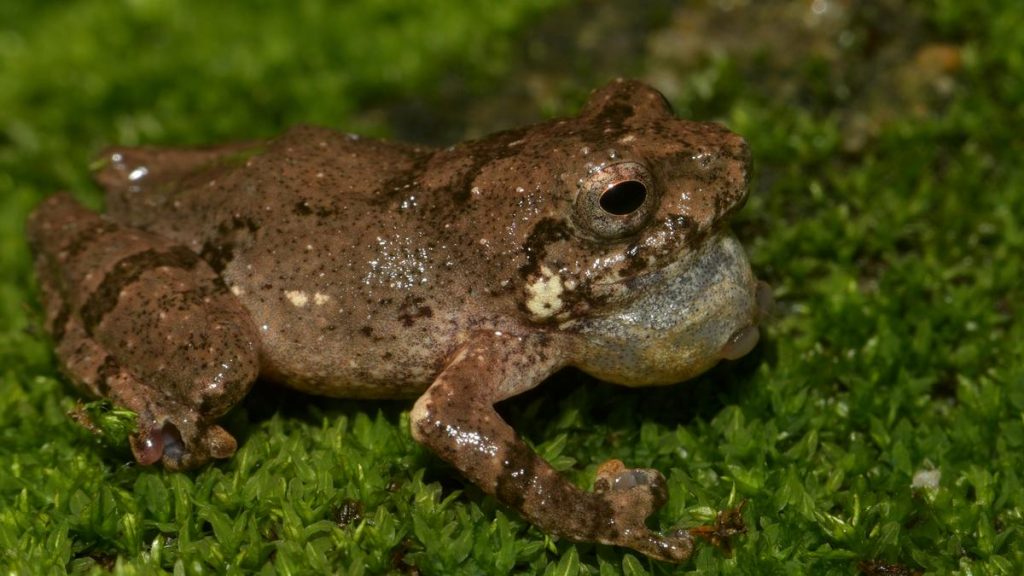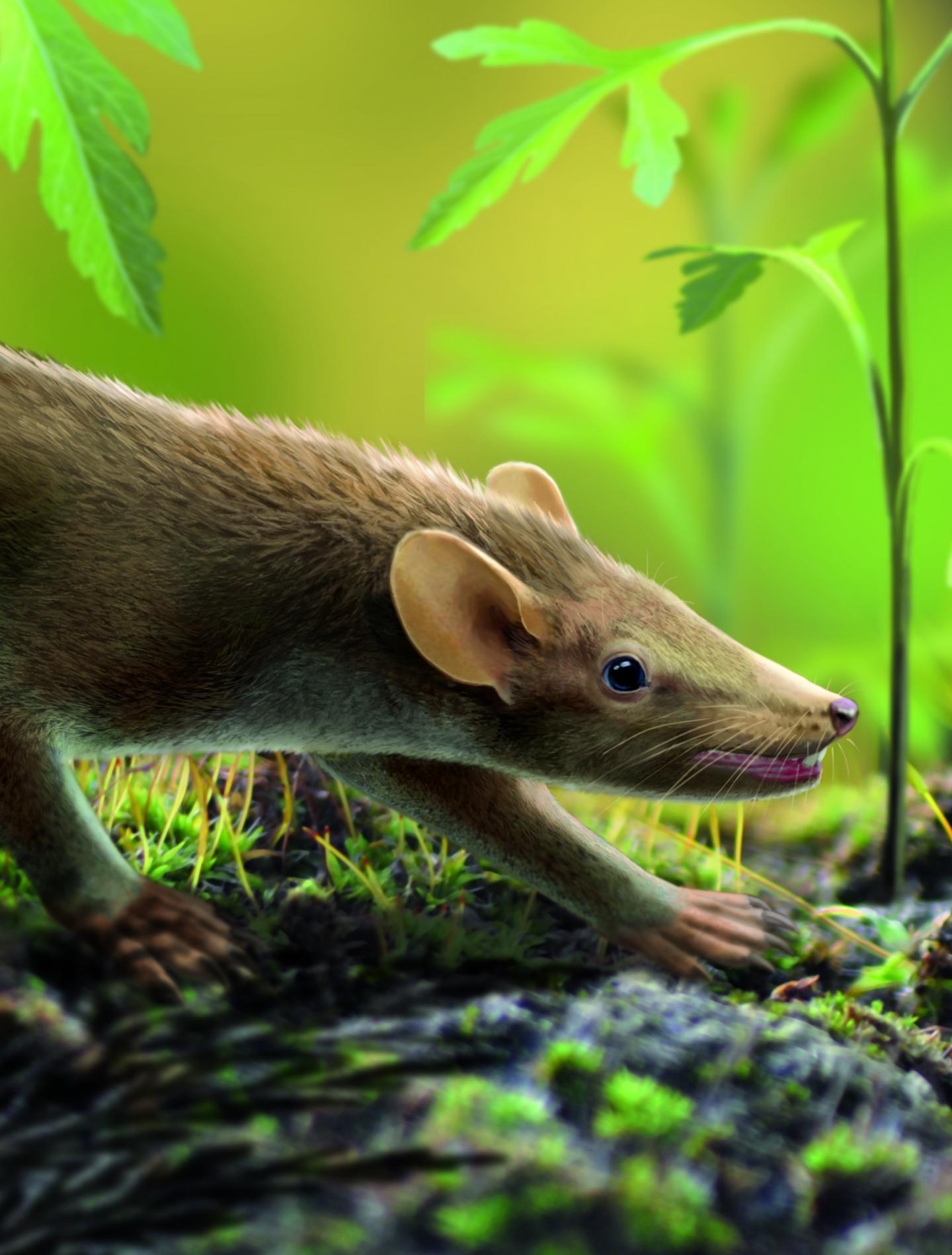Now Reading: How Iguanas Crossed Oceans to Colonize Fiji Millions of Years Ago
-
01
How Iguanas Crossed Oceans to Colonize Fiji Millions of Years Ago
How Iguanas Crossed Oceans to Colonize Fiji Millions of Years Ago

Quick Summary
- Research shows iguanas may have traveled 5,000 miles from western North America to Fiji, marking the longest transoceanic dispersal by a terrestrial vertebrate.
- Genetic studies found that Fiji’s iguanas (Brachylophus) are closely related to North American desert iguanas (Dipsosaurus).
- This migration possibly aligned with the formation of Fiji’s islands around 30-34 million years ago, supported by volcanic activity.
- Hurricanes or cyclones may have uprooted trees carrying iguanas or their eggs, enabling oceanic rafting for survival during long periods without food or water.
- professor Scarpetta analyzed DNA sequences from over 200 specimens to verify genetic relationships between Brachylophus and Dipsosaurus.
- Fiji’s iguana species are endangered due to poaching, habitat loss, and invasive species like rats.
Indian Opinion Analysis
The revelation reinforces the resilience of lifeforms in overcoming geographical boundaries through extraordinary natural mechanisms. India’s biodiversity strategy can draw insights from this study into how ecosystems naturally evolve and adapt over time. Such data highlights the importance of protecting vulnerable environments like islands where endemic species face threats due to human interference and invasive predators.The research also emphasizes foundational scientific methodologies such as genome-wide DNA sequencing in uncovering evolutionary histories-a potential model for India as it works on genetically mapping its lesser-studied fauna for conservation priorities. Collaborating with global researchers on similar topics could help position India at an intersection of technology-driven ecology and environmental preservation.

























